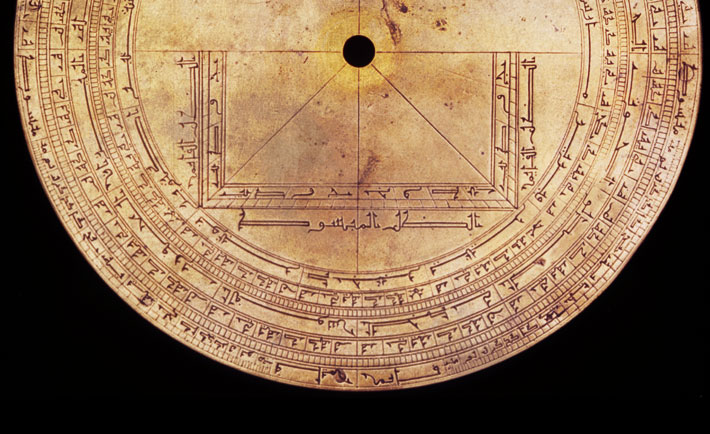Happy New Year, Everyone! And hello to you, 1437!
The Islamic calendar is used in Saudi Arabia, especially by government institutions and even in everyday transactions with financial and commercial establishments. If you’re wondering why new year came early this year, then it’s high time you polish up on your calendar knowledge.
1. The Hijri Calendar was introduced by Umar ibn Al-Khattab, who is a companion of the Prophet Muhammad (PBUH), in 638.

2. The Hijri Calendar started with the “Hijera”, the time when Prophet Mohammed (PBUH) moved from Makkah to Medina.
3. It is based on the lunar calendar, which relies on how the moon moves through its phases.
4. The Hijri Calendar is always 11 days shorter than the Gregorian calendar (hence, if your company uses the Hijri Calendar, lucky you.)
5. A year in the Hijri calender is equivalent to 354 days and is made up of 12 months, named:
There’s a story behind every month of the Hijri Calendar. Here’s a children’s book that’s great for teaching your kids all about it (and maybe learn a thing or two yourself):
The Children of the Moon is a great introductory to the lunar months. The story follows a little girl called Ramah who meets the months, learns how they got their name and what special occasion is attached to them. Some of the information we knew and others were quite new to us. Who can say no to cute jelly kids? We can’t, that’s for sure.
- Recommended from: Khaleeji Children’s Books
Tip: For iOS users, you can actually select Hijra in your calendar, which will give you a dual view of both it and the gregorian one. Handy when you’re checking expiration dates on your documents.














